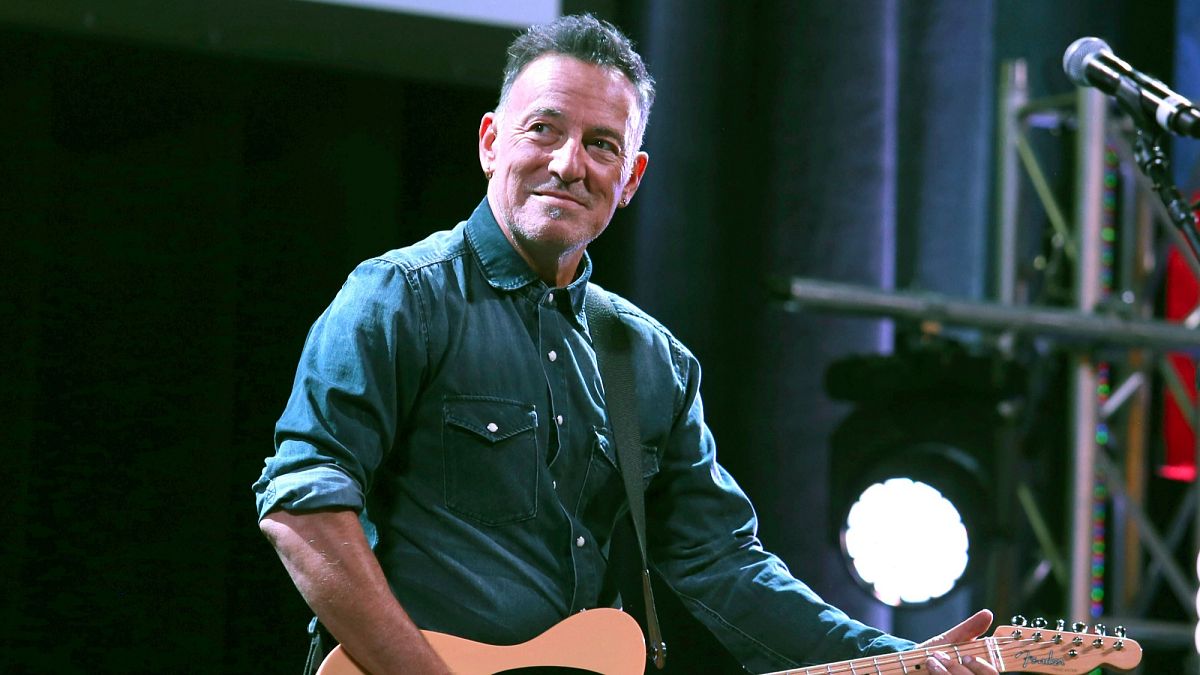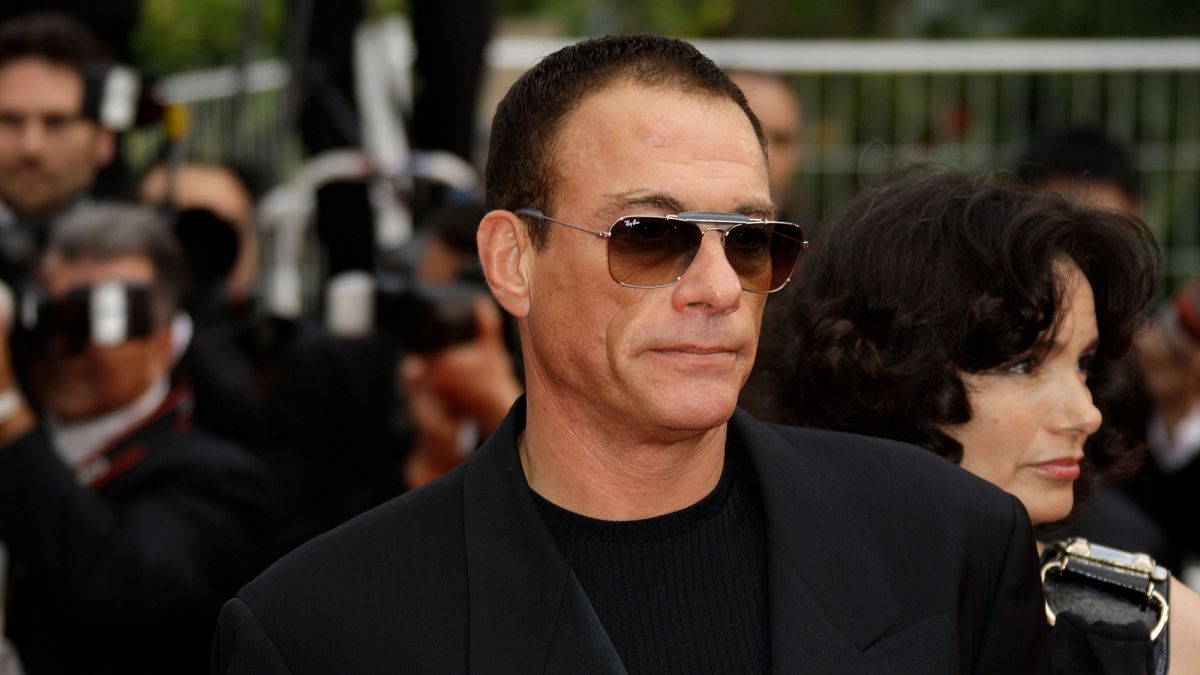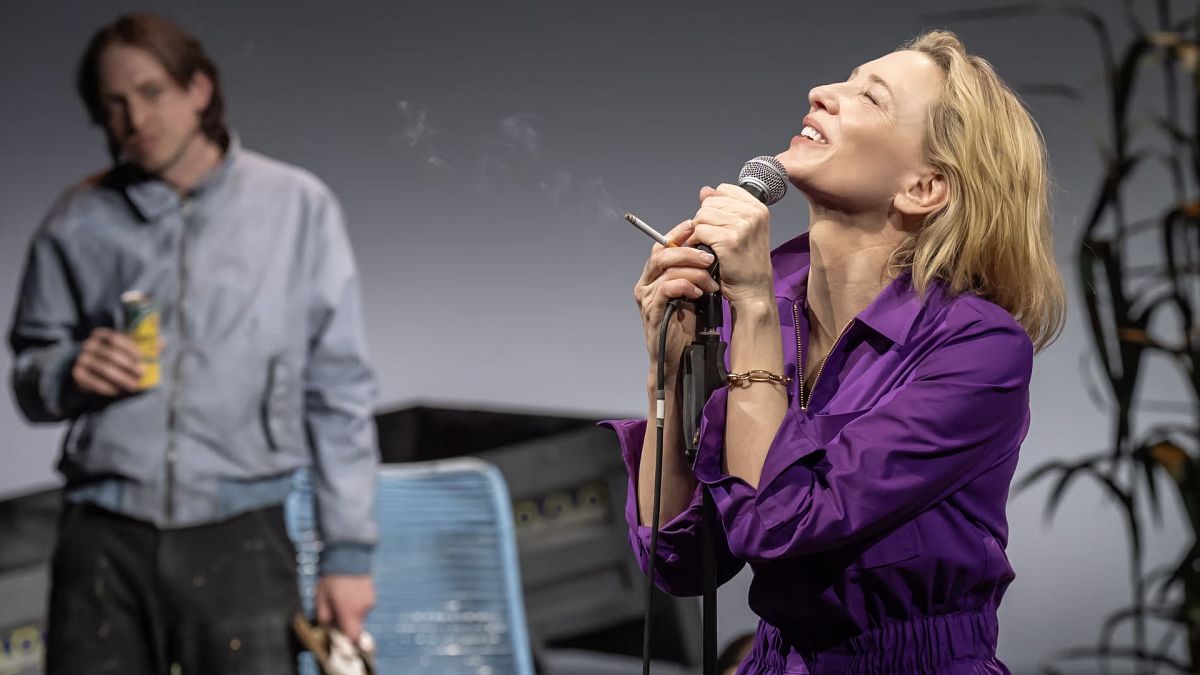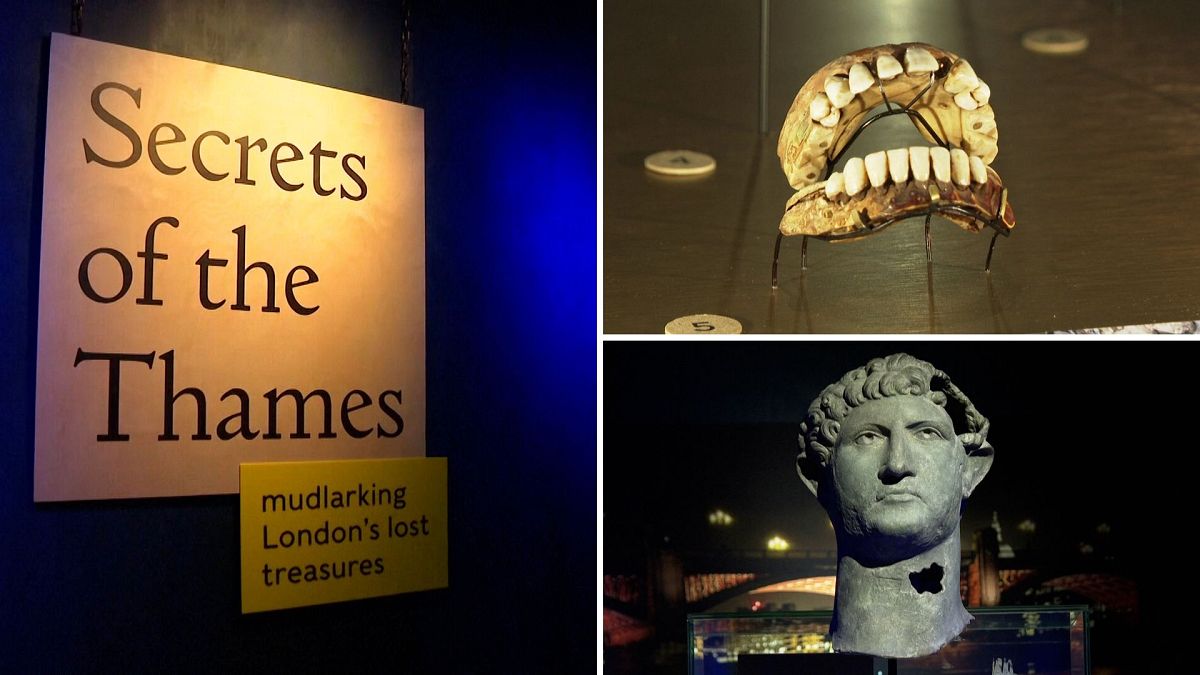As Bradford’s huge celebration of arts and community engagement begins, Euronews Culture talked to creative director Shanaz Gulzar about what it means for the city.
On Friday night, hundreds of aerial performers will fly into the air across City Park, the public square in the heart of Bradford. The “open-air spectacular” created by director Kirsty Housley with local magician Steven Frayne (formerly known as Dynamo) is ‘RISE’ and begins the proceedings for a year-long cultural programme in the northern English city.
Bradford has been selected as the UK City of Culture for 2025. The designation is given out every four years and follows a rigorous bidding process. The initiative was developed following Liverpool’s year as European City of Culture in 2008 with Derry as the first UK City of Culture in 2013, followed by Kingston upon Hull in 2017 and Coventry in 2021.
Over in continental Europe, European City of Culture still takes place. This year, Germany’s Chemnitz and a joint bid by Slovenia’s Nova Gorica and Italy’s Gorizia have been picked.
Aimed at regenerating areas outside of London through increased funding of the arts, the Bradford City of Culture programme is full to the brim with variety. Alongside ‘RISE’, this weekend sees the city reopen its National Science and Media Museum where there will be an exhibition of work by Bradford-born artist David Hockney.
There will be film screenings, from French classic La Haine through to Bradfordian director Clio Barnard’s curated season of northern female directors. ‘Nationhood: Memory and Hope’ a new exhibition focused around Ethiopian artist Aïda Muluneh; a new theatre production of ‘The Railway Children’; and a spot hosting the prestigious Turner Prize; are all part of the diverse programme.
All this comes as a result of the huge cultural and financial investment that comes with a City of Culture designation. It’s a huge boon to Bradford, a city that faced many of the challenges typical of northern England’s post-industrial landscape.
“Our identity was so much about our industry”, explains Shanaz Gulzar, creative director of Bradford City of Culture. Once the centre of wool production in the 19th century, Bradford has faced economic deprivation but is on the rebound. “Fast forward to where we are now in 2025, Bradford is young, it’s diverse, it’s incredibly entrepreneurial.”
Population-wise, Bradford is one of the youngest cities in the UK. It’s also one of the most diverse, both by its people and its landscape. In 2007, it was voted the greenest city in the UK, and the City of Culture designation extends to its rural district, stretching as far as the Ilkley Moors.
It’s the first time the City of Culture designation has included the surrounding district, making the total area covered 67% rural alongside the vibrant city. “What that gives us is opportunity,” Gulzar says. She has led the City of Culture team since they began their bid in 2020 and has overseen a programme that embraces the breadth of Bradford’s human and geographic diversity.
“It's a different platform, different stages, different canvas, all the metaphors one would use to curate and design a program that is inclusive of all of that and the opportunity that that gives us,” she explains. Highlights of the more rural-side to programming include ‘Wild Uplands’ a sculptural and musical exhibition “created for the vast skies and expansive moorland views of Penistone Hill Country Park”.
Investment also has long-term benefits to a City of Culture. For Bradford, this includes the creation of a new BRIT School. The arts-focused school in London was where many of today’s biggest artists were educated, including Adele, FKA Twigs, and Tom Holland. Opening in 2026, the Bradford site will be the only BRIT School outside of London.
Bradford’s city-centre has seen massive investment into pedestrianisation, the reopening of the National Science and Media Museum, PwC has opened a £35 million (€41 million) office in Bradford with more than 300 staff members, and many of the cultural venues have been updated to make them more accessible.
“It’s already delivering a huge amount,” Gulzar says. “These things are about people, they’re about ideas, stories, the environment.”
Gulzar recently visited Derry, which was given the designation just over a decade ago, to see how it had transformed the Northern Irish city. “I saw the shift and change, not just in the identity of the city, but also in how the people feel about their city, a sense of pride,” she says.
Speaking to Gulzar, she radiates pride for Bradford, encouraging anyone to come to the city and “discover it for themselves”. From the stunning landscape to its rich history of mills and artistry. “Artists have come to Bradford and fallen in love with the people because there’s such a can-do attitude.”
“You can’t create change without the people seeing themselves with a sense of pride, a sense of confidence and ownership,” Gulzar continues. This is what a City of Culture designation helps a place to do, she believes: “You fall back in love with yourself.”

 2 months ago
27
2 months ago
27






 We deliver critical software at unparalleled value and speed to help your business thrive
We deliver critical software at unparalleled value and speed to help your business thrive






 English (US) ·
English (US) ·